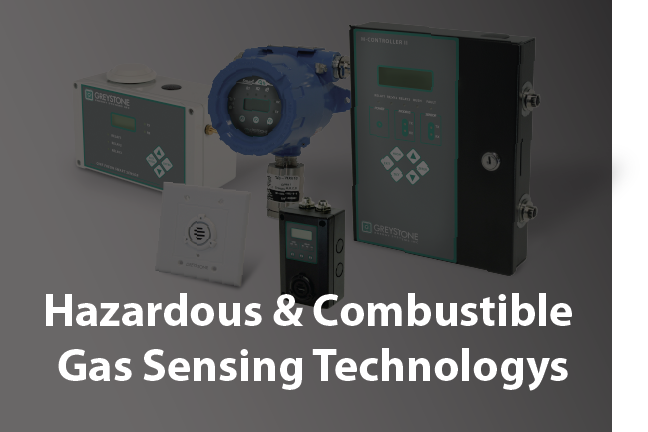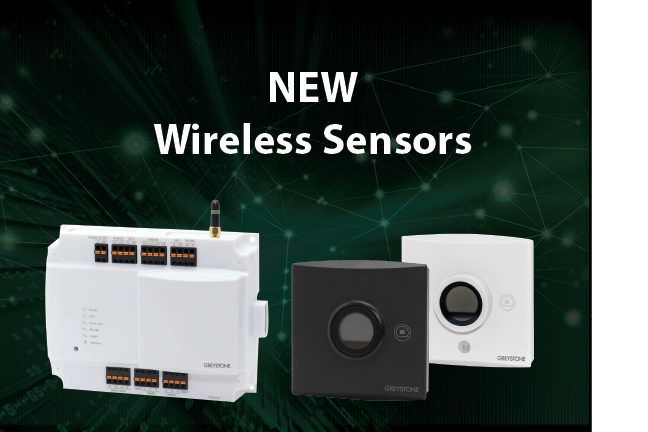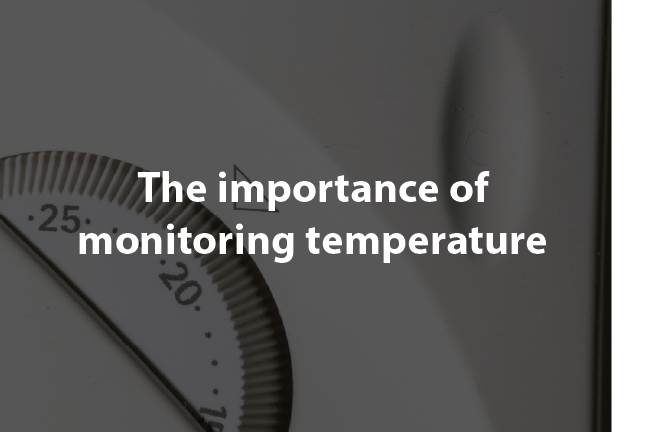SBTi Announcement
SBTi Announcement Greystone is proud to announce that, as part of Bemsiq Group, our Net-Zero and Near-Term Emissions Reduction Targets have been officially validated by the Science Based Targets initiative (SBTi). This important milestone underscores our strong commitment to climate action and aligns our sustainability goals with the latest climate science aimed at limiting global…
Details










